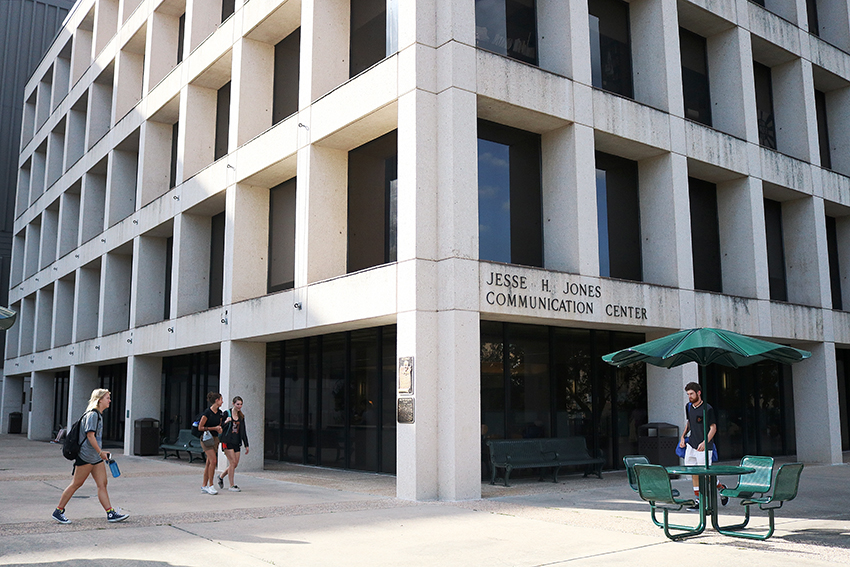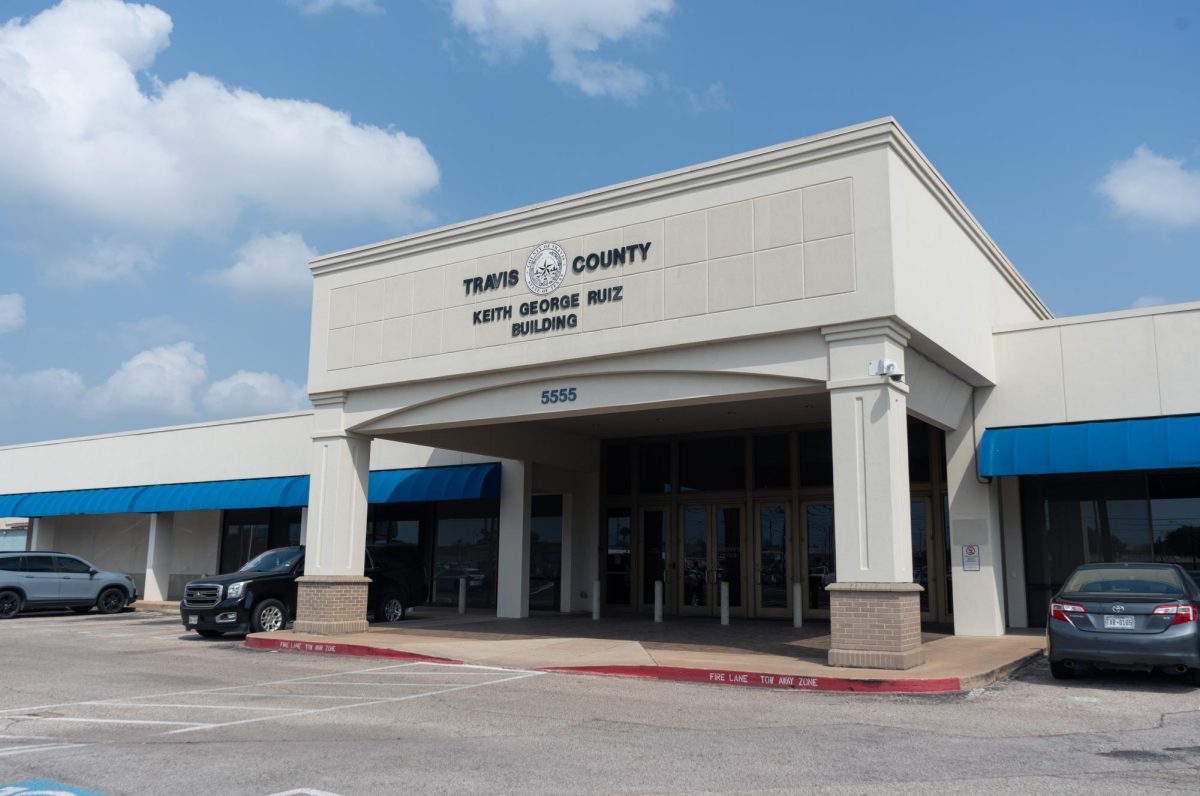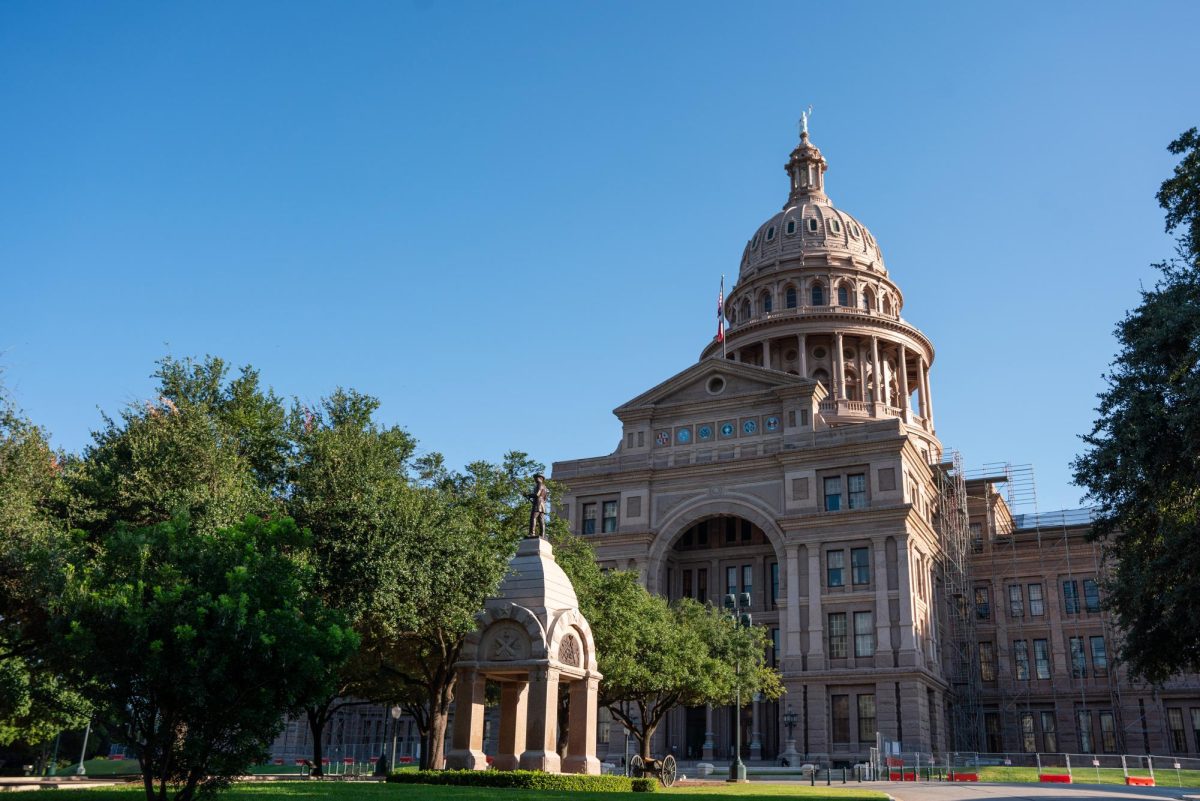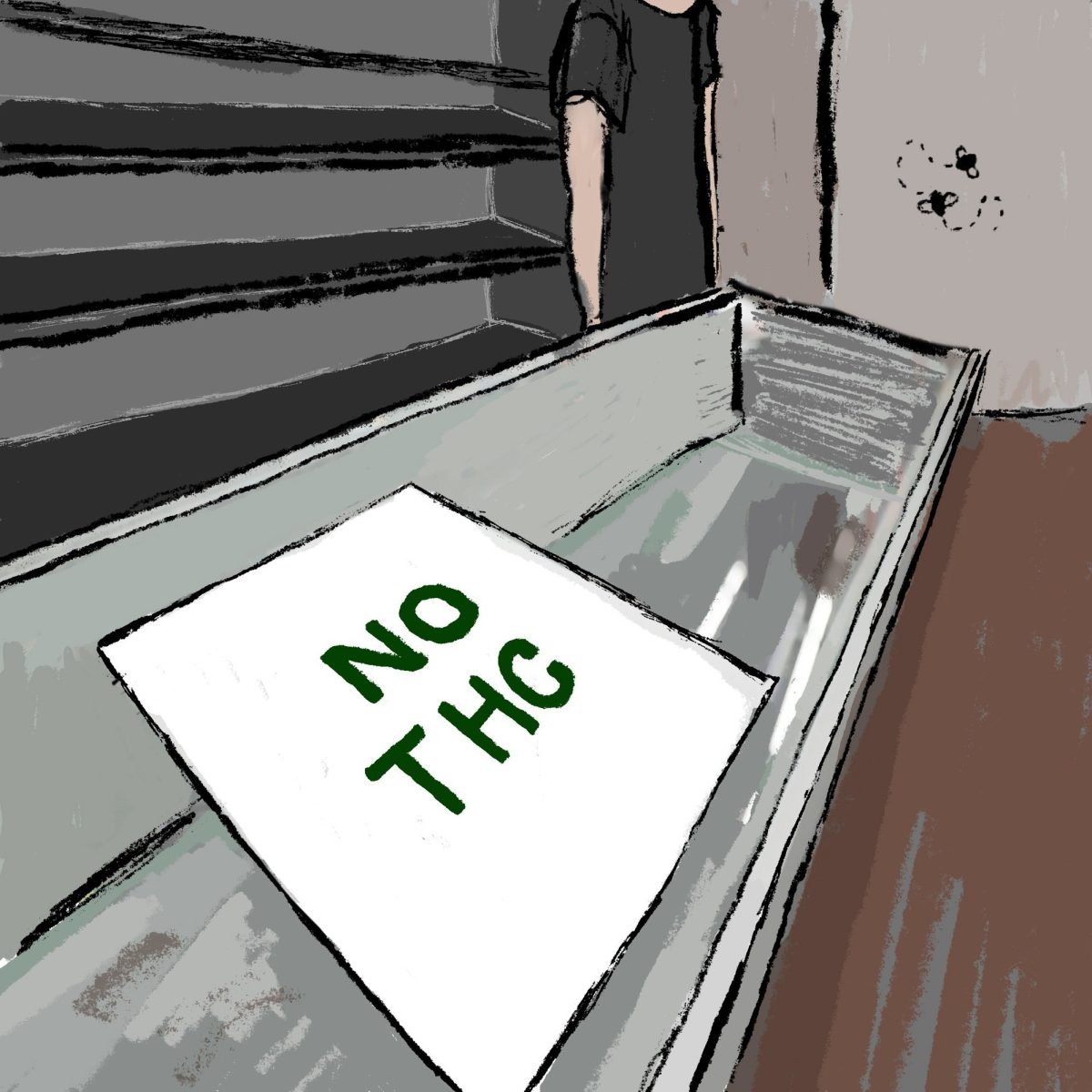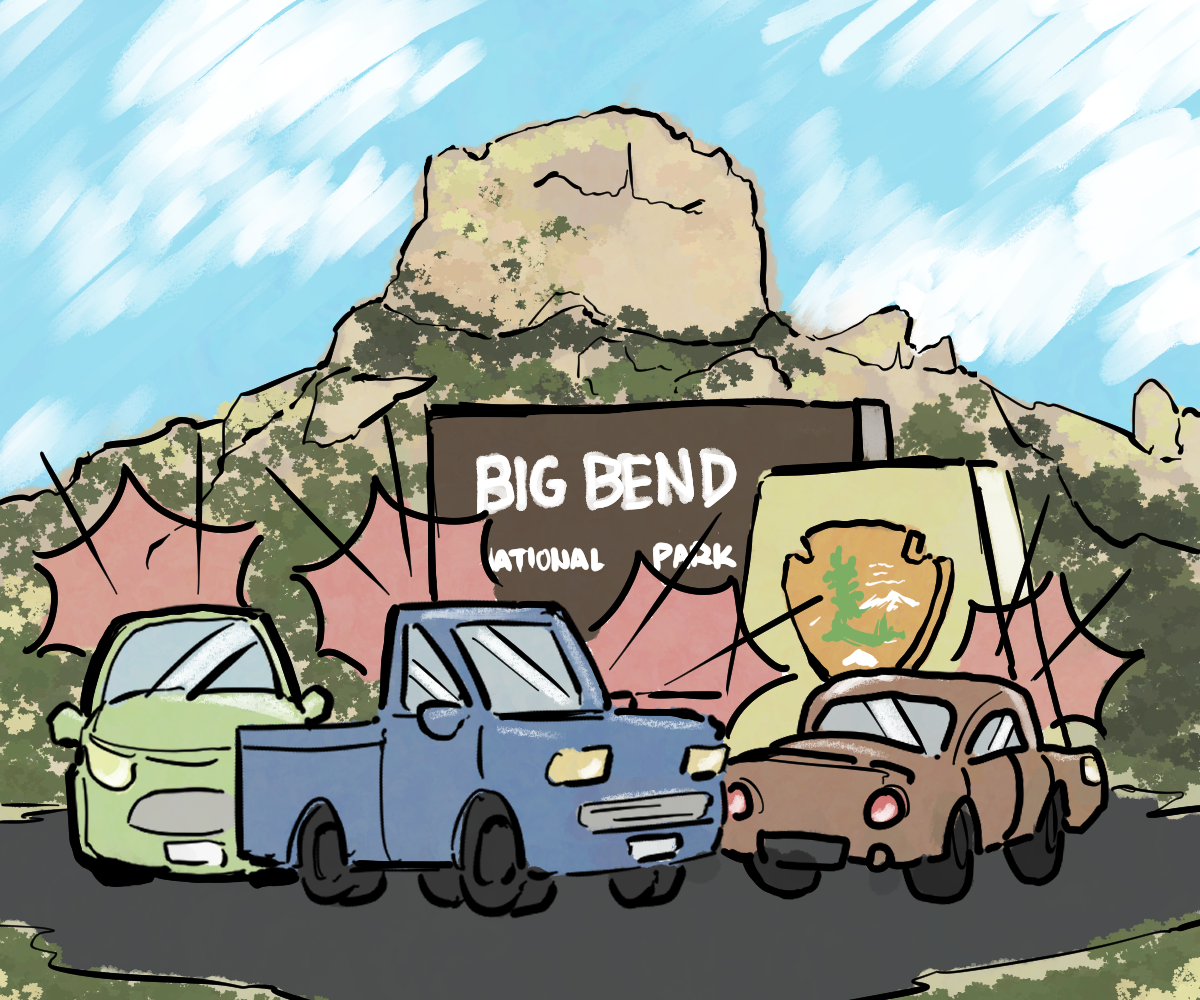Researchers from the Moody College of Communication received a $168,000 grant from the National Science Foundation to study the role of social media aiding rescue efforts for Hurricane Harvey.
During Hurricane Harvey, stranded victims that were unable to connect with 911 dispatchers turned to social media to ask for assistance. Using that data, a group of researchers from within the college hope to develop a way to streamline disaster response.
“We are going to be interviewing victims from Harvey and Irma who posted calls for help and people who got those calls and responded through social media,” said Keri Stephens, principal investigator and associate professor in the Department of Communication Studies. “We are trying to figure out what decisions they made and what was responded to.”
Corporate communications junior Courtney Dziersk will be in charge of reaching out to interview victims, emergency response organizations and volunteer groups and coordinating some in-person meetups in Houston.
“This study was particularly interesting to me because my sister was in Houston and she was actually stranded there during the hurricane,” Dziersk said.
After the interviews, researchers will analyze social media feeds and develop an algorithm capable of flagging key words from social media posts in disaster areas, allowing first responders to quickly see the posts and provide assistance. Initial results from the study will be available in October 2018.
Dhiraj Murthy, School of Journalism associate professor and co-principal investigator in the study, said that changes in our cultural use of technology such as smartphones have led to trends in other disasters.
“In Mexico City, (the earthquake) was one of the first disasters where people were really capturing buildings as the fell,” Murthy said. “During Harvey, people were able to post that content during the disaster, and now we have very different data points than we did in the past. Now, their first instinct during a disaster is to take out their phones.”
This new way of communicating during natural disasters has saved many lives, Stephens said.
“We can get the word out, and we can spread the word really easily through different social media platforms,” Stephens said. “It might have been really different if the cell service and internet service had gone down.”

